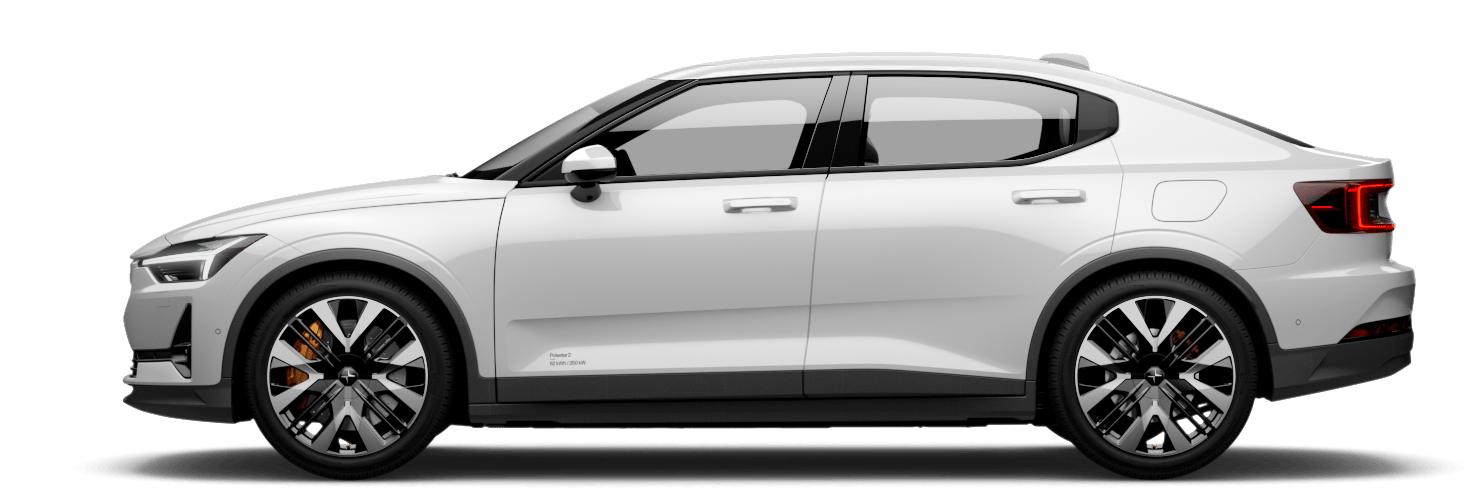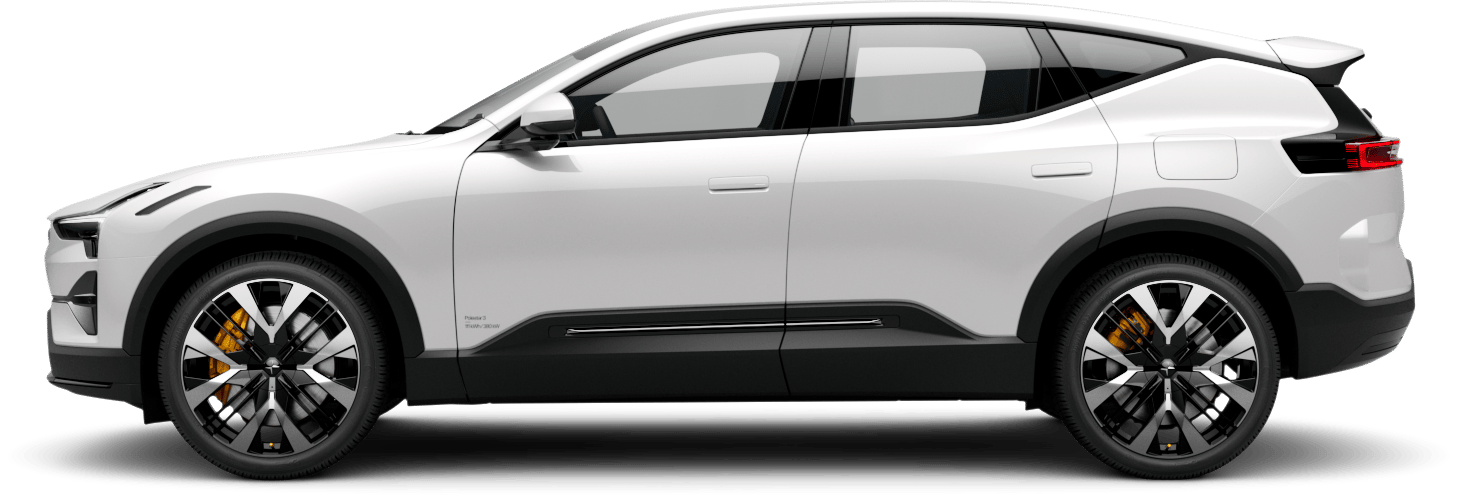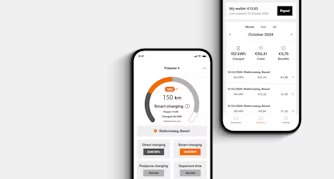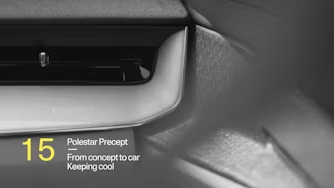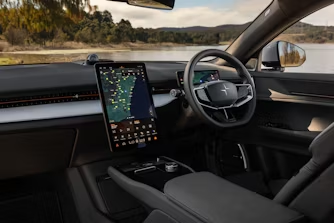Eye-tracking and proximity
You don’t need to know everything. What began as a reprimand to nosy people has become a guiding principle when it comes to HMI design. As screens keep getting bigger, as their resolution improves, and as more and more functions are dreamt up to “improve the in-car experience”, displays in cars are less about important information and more about how colourful, interactive and (let’s face it) distracting they can be.
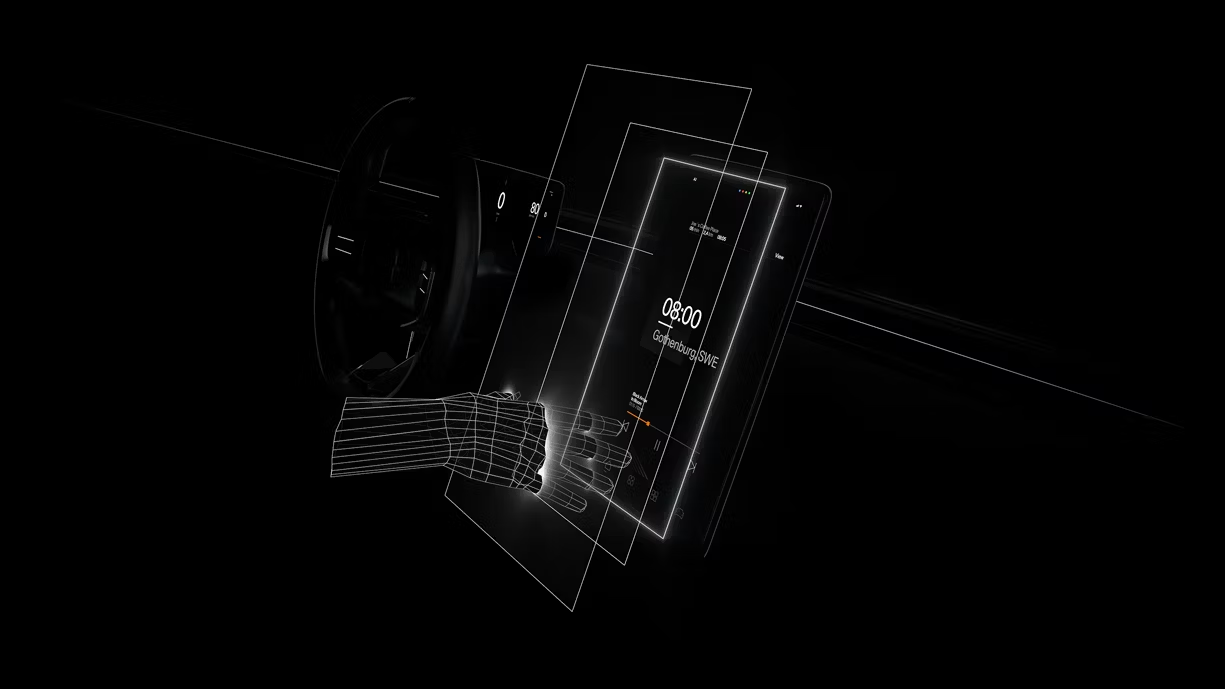
Not only is this unnecessary, it’s unsafe. Vivid, colourful, gamified screens are beautiful, but they distract the eye. In darkened driving conditions, they can make it much harder to see the road. Polestar has a two-fold approach on how to make an HMI parcel out only the most important information, right when it’s needed.
The first is eye-tracking. The HMI knows where the driver is looking at any given time and adjusts the different in-car displays accordingly.
The second has to do with proximity. When the screen senses that a hand is coming towards it, a few things occur: the screen shows more information, buttons and sliders enlarge for easier manipulation, and the screen becomes brighter.
You don’t need to know everything. At least, not while you’re driving. The new Polestar HMI displays what you need to know, when you need to know it.
